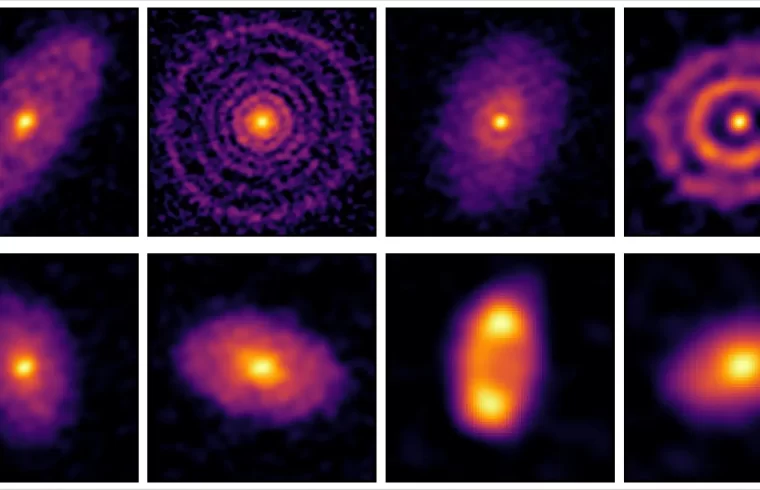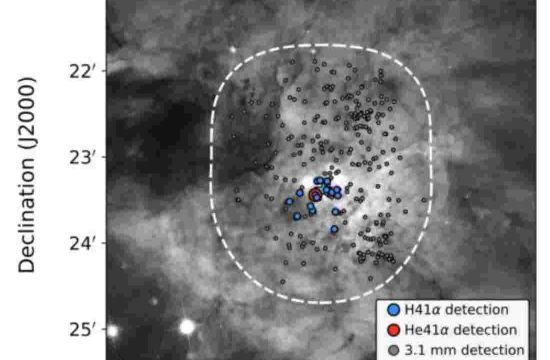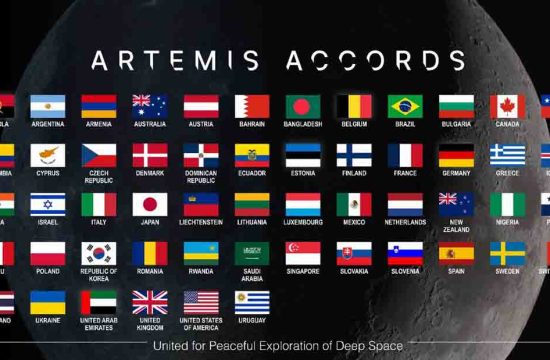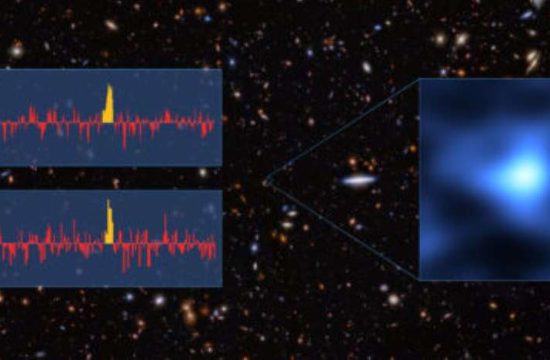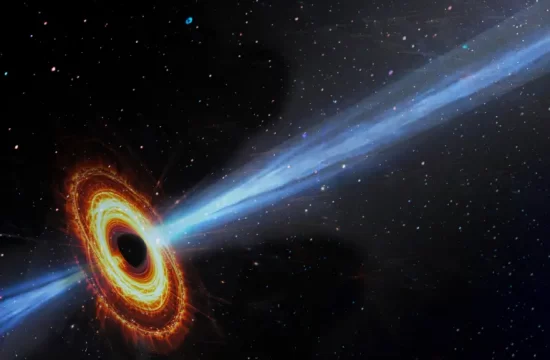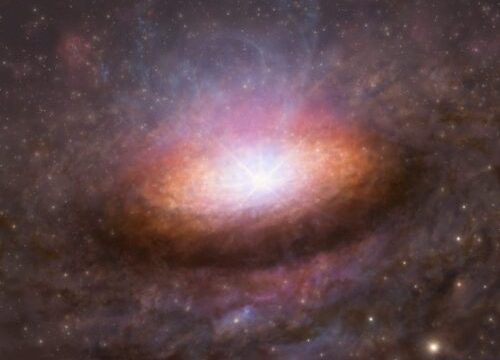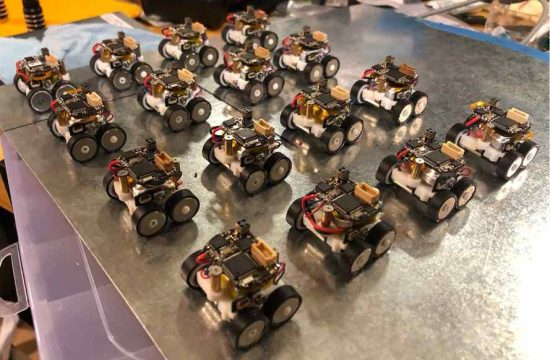An international team of astronomers reveals a high-resolution look at protoplanetary disks in extreme environments.
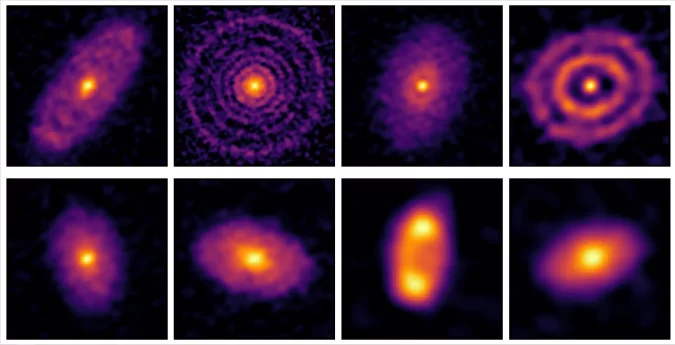
New observations from the Atacama Large Millimeter/submillimeter Array (ALMA) suggest that planet formation can occur even in harsh stellar environments previously thought to be inhospitable.
An international team of astronomers used ALMA to capture high-resolution images of eight protoplanetary disks in the Sigma Orionis cluster, which is irradiated by intense ultraviolet light from a massive nearby star. To their surprise, they found evidence of gaps and rings in most of the disks, structures commonly associated with the formation of giant planets like Jupiter.
“We expected the high levels of radiation in this cluster to inhibit planet formation in the outer regions of these disks,” said lead author Jane Huang. “But instead, we’re seeing signs that planets may be forming at distances of tens of astronomical units from their stars, similar to what we’ve observed in less harsh environments.”
Previous studies have focused on disks in regions with low ultraviolet radiation. This new research provides the ALMA’s highest-resolution look at disks in a more extreme environment. “These observations suggest that the processes driving planet formation are quite robust and can operate even under challenging circumstances,” Huang noted. “This gives us more confidence that planets may be forming in even more places throughout the galaxy, even in regions we previously thought were too harsh.”
The findings have implications for understanding the formation of our own Solar System, which likely evolved in a similarly high-radiation environment. They also motivate future studies of disks in even more extreme stellar neighborhoods.
The research team used ALMA’s most extended antenna configuration to obtain unprecedented detail in their disk images, achieving a resolution of about 8 astronomical units. This allowed them to resolve multiple distinct gaps and rings in several of the disks. While the exact nature of these disk structures is still debated, they are thought to be either conducive to planet formation or a consequence of interactions between forming planets and the disk material.
This study demonstrates the power of ALMA to probe planet formation in diverse environments across the galaxy. As astronomers build a more complete picture of how planets form under different conditions, they come closer to understanding the origins of Earth and the prevalence of planets around other stars.
This research was published in the Astrophysical Journal.


